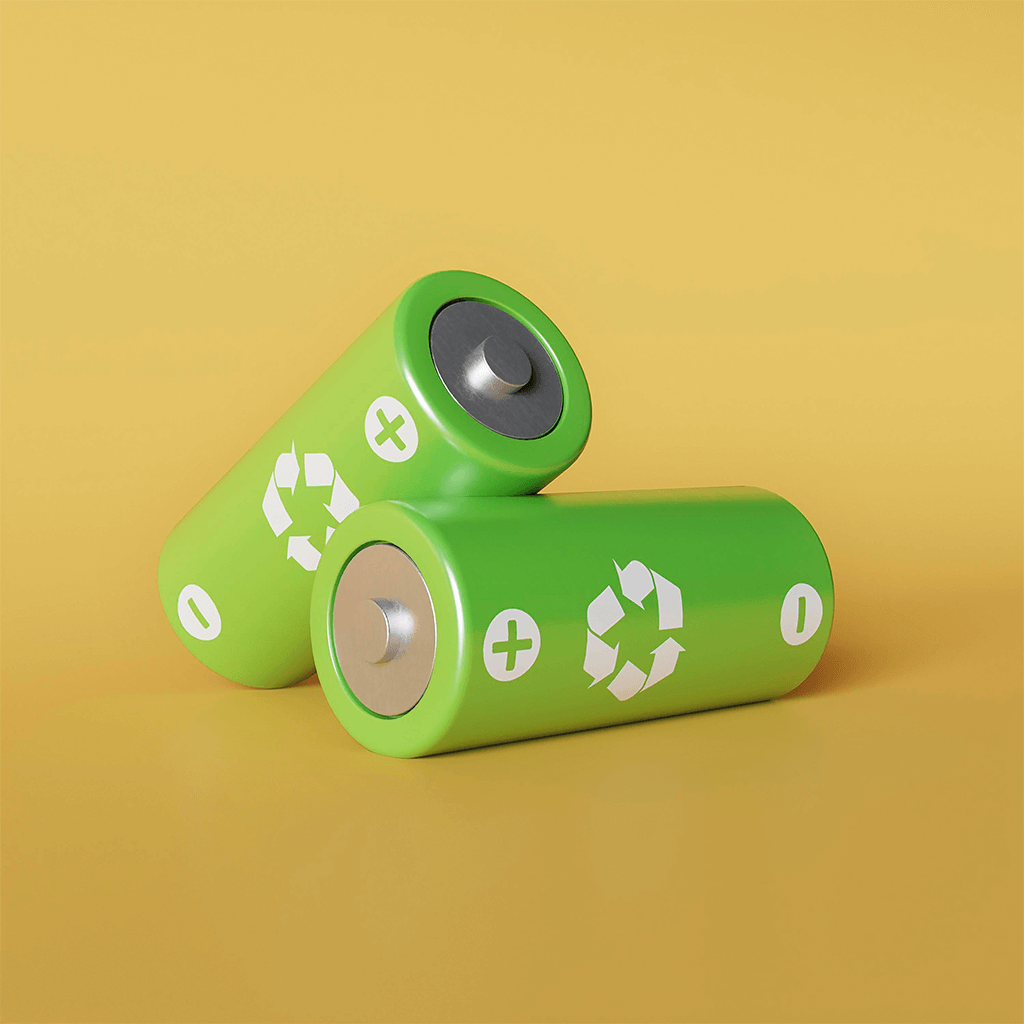New battery technologies are emerging that could supplement or even replace lithium-ion batteries. Lithium-ion batteries have dominated the market for portable electronics and electric vehicles, but they have some significant drawbacks like limited energy density, long recharging times, and flammability risks.
Several promising alternatives are in development. Solid-state batteries replace the liquid or gel electrolyte in lithium-ion batteries with a solid material, which could improve energy density and safety. Sodium-ion batteries use abundant sodium instead of lithium, though they currently have lower energy density. Flow batteries store energy in liquid electrolytes that are pumped through the battery, allowing for a flexible power output and long lifespans.
Magnesium batteries are another option that could potentially double the energy density of lithium-ion batteries. They operate in a similar way but use magnesium instead of lithium. However, magnesium batteries are still mostly at the research stage and face challenges around electrolyte stability and cycle life.
Meanwhile, lithium-sulfur batteries could significantly boost energy density compared to lithium-ion batteries but suffer from short lifespans. New research is tackling these problems, and some companies hope to commercialize lithium-sulfur batteries within the next few years.
Hydrogen fuel cells are an entirely different approach that generates electricity through a chemical reaction between hydrogen and oxygen. They promise high energy density but face issues like high costs, lack of infrastructure, and sourcing “green” hydrogen.
With many options on the table, the future of batteries beyond lithium-ion looks promising yet complex. The technologies that ultimately dominate the market will depend on further scientific progress, costs, infrastructure, and the evolving demands of devices and vehicles. While lithium-ion batteries will likely continue to prevail for several more years, a new generation of batteries could start coming to market in the 2020s and transform how we power our world.
